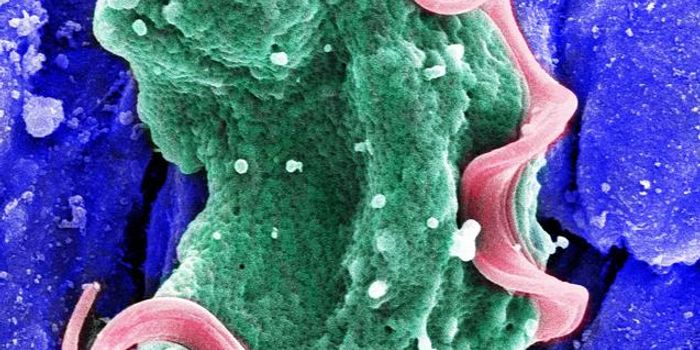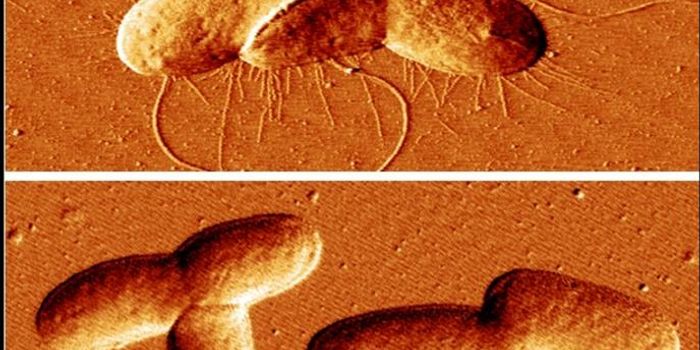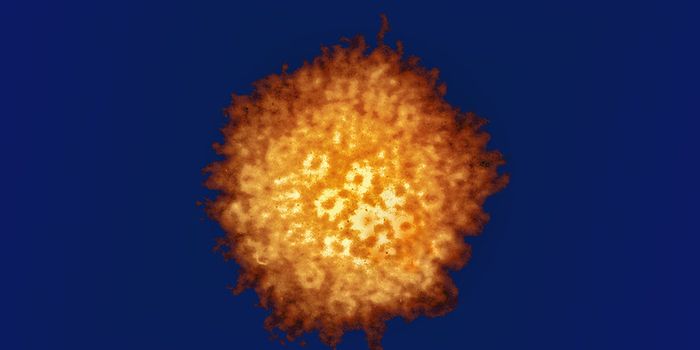Mapping the Complex Web of Zoonotic Infections
Zoonotic diseases jump species to infect humans, and scientists have been studying this transmission chain for many years. Researchers in Austria aimed to perform a comprehensive analysis of the movement of pathogens within the country, to learn more about how the relationships between humans, animals, food, disease vectors, and the environment all factor into disease transmission and spread. The findings have been reported in Nature Communications. They can also be viewed with an interactive inforgraphic.
This effort has shown that zoonotic diseases have become more common in Austria in the past two decades. There are about eight infectious diseases that are beginning to emerge and causes infection in the country, including the West Nile and Usutu viruses.
“Our network analysis suggests an elevated risk of pathogen transmission at interfaces between humans and cattle, and humans and food,” said Amélie Desvars-Larrive of CSH among other appointments. “It’s a complex system where most zoonotic pathogens can infect both humans and various animal species from different taxa."
The investigators assessed confirmed cases of 197 zoonotic pathogen infections in Austria between 1975 and 2022. Of these, 187 were found to infect 155 different vertebrate hosts. There were also eleven pathogens that arose from environmental sources such as sandboxes.
This work indicated that some factors have a particularly large influence on the exchange of zoonotic pathogens. The scientists assessed which foods, vertebrate hosts, and environmental sources had pathogens in common. For example, animals like cattle, chickens, sheep, and some other meat products were found to be especially relevant to the transmission of zoonotic pathogens, and may help promote their spread. People have the most pathogens in common with domestic animals like dogs and cats, and farm animals like cows, according to this work.
There were fifteen pathogens, including the bacteria Escherichia, Listeria, and Salmonella, that came from food; over half of them were meat or meat product contaminants.
Insect vectors like ticks and mosquitoes were found to transmit another 24 pathogens. Desvars-Larrive noted that ticks can transmit sixteen pathogens, which is more than any other vector in Austria.
Not all pathogen exposures will lead to illness, noted Desvars-Larrive. But knowing more about how pathogens are transmitted will help us learn how to break the chain of transmission. We know that it is important to clean food preparation surfaces and tools to prevent cross-contamination, for example. Hand washing also helps stop the spread of pathogens. But we can also develop novel methods for prevention.
People should also stay vigilant for certain symptoms if they are exposed to mosquitoes or ticks. After a tick bite, people should look out for symptoms for several weeks, since it can take time for symptoms to appear, noted Desvars-Larrive.
Turkeys were particularly associated with pathogen transmission, even more than other poultry species. And dogs, cats, wild boars, and some rodents were shown to have more of a 'bridge' influence, which linked different communities, and may be facilitating the spread of disease.
Understanding which actors in the zoonotic network are more influential than others could be very helpful in zoonosis surveillance programs, serving as potential risk indicators,” added Desvars-Larrive.
Another recent study reported in the Australian Journal of Agricultural and Resource Economics also highlighted the significant influence that meat production has on the outbreak and transmission of zoonotic disease.
Sources: Complexity Science Hub (CSH), Nature Communications


![[Guide] 7 Strategies to Boost Laboratory Collaboration](https://d3bkbkx82g74b8.cloudfront.net/eyJidWNrZXQiOiJsYWJyb290cy1pbWFnZXMiLCJrZXkiOiJjb250ZW50X2FydGljbGVfcHJvZmlsZV9pbWFnZV83YzBjZWIwM2Y5YzI4MmFlYzBhZDZhMTcyNTQ1ZGU3YmE4Y2MzMDYyXzUxNDkuanBnIiwiZWRpdHMiOnsidG9Gb3JtYXQiOiJqcGciLCJyZXNpemUiOnsid2lkdGgiOjcwMCwiaGVpZ2h0IjozNTAsImZpdCI6ImNvdmVyIiwicG9zaXRpb24iOiJjZW50ZXIiLCJiYWNrZ3JvdW5kIjoiI2ZmZiJ9LCJmbGF0dGVuIjp7ImJhY2tncm91bmQiOiIjZmZmIn19fQ==)






